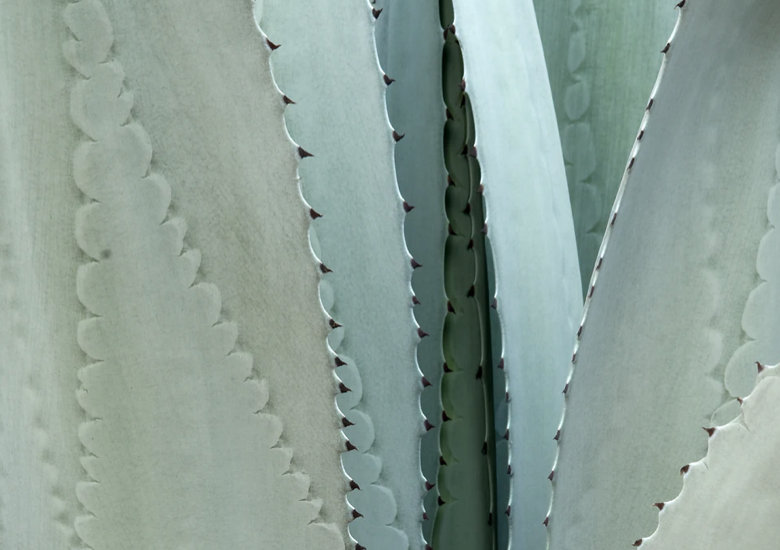Best Plants for Texas Hill Country


Note to reader: We’re talking primarily about the TX Hill Country in this post. Texas is a big state with diverse climates and soils, but if you’d like more information about your Texas region, please visit our friends at the Native Plant Society of Texas
If you’ve been in Texas for a while and paid some attention to the natural landscape, you’ve probably noticed that there’s a lot of beauty on display in each season. Everyone knows about the beautiful wildflowers that pop up in early spring (and just as notably, the giant fire ants that love to disturb family bluebonnet photo sessions). A keener eye will have seen the nopales / cactus’ bright yellow bloom in the hottest part of the summer leaving behind deep red prickly pears. Maybe you’ve even seen the agave produce a flowering stalk as tall as a tree. A beautiful monument to mark the end of the plant’s life.
We talked about a few native plants there, but did you know that Texas has over 5,000 native plant species? We will always recommend native plants in your garden and landscape where possible because they require less maintenance, less water resource and because they add to the natural beauty of our great state.
Choosing the right plants for your space begins with a visit to your local nursery. Important note: Home Depot and Lowe’s don’t count as “local”. There are so many good nurseries to choose from in the Hill Country, and we’ll name a few of our favorites here.
The Natural Gardener is one of the most complete natural landscaping resources you could wish to find. They really have everything you could hope for in a garden center; Soils, trees, mulches, veggie and fruit seedlings, natural fertilizers, butterfly plants, succulents, etc). But the best thing about TNG is their staff. These are highly educated and passionate gardeners that can help you pick out the right plants for your space. Got shade? Got a sloping hillside on your property? Are deer eating your plants while you sleep? Or do you frequently have aphid and caterpillar problems? The staff at TNG can definitely help you with planning and even point you in the right direction for the right time to plant. In fact, they won’t stock things that aren’t in the right season to plant, so you really can’t go wrong there. And don’t leave the kids or the dogs behind for this outing. They also have goats, chickens, teepees, a labyrinth and old school red wagons you can pull them along in.
Barton Springs Nursery is another nursery that we love. Similar to TNG, it’s a massive space and really an experience to visit. They share our passion for native landscapes and natural gardening with a fantastic selection of everything you would need for the garden in Spring and Fall. TheWe especially like their Vietnamese glazed pottery selection which is a great option for those who want to have a few interesting pops of color outside that aren’t limited just to when the plants are flowering. It’s also a great option if you just don’t have a lot of space for a full garden, but want to appreciate a few special plants or potted fruit trees throughout the year.
Shoal Creek Nursery is a hotspot to visit on weekends. While smaller than the previous two nurseries mentioned, they’ve still got a great selection of plants and landscaping essentials on offer. Their tree selection in particular is worth paying attention to, and the convenience of being near the city center is tough to beat. This is a great alternative to Home Depot or Lowe’s. One other advantage of Shoal Creek Nursery is that because they’re a smaller operation, you’re likely to run into the same staff members on repeat visits. They get to know you and what you’ve got growing in the dirt at home, so they can make some very informed recommendations to help you out along the way. For a more personalized experience, we highly recommend paying SCN a visit – or five visits.
If you just don’t know where to start and you’re looking for some inspiration before going to buy plants for your home, grab the kids, and pay a visit to Zilker Botanical Gardens where you’ll see fully mature plants and can begin to envision them in your space. It’s not always easy to envision mature plants when you’re looking at seedlings and Oops! – Didn’t realize they grow to be 8 feet tall and 10 feet wide?!
The Ladybird Johnson Wildflower Center is stunning! It’s a wonderful place to spend half a day taking in the many species of native Texas plants while the kids build their own forts and shelters in the play areas throughout the exhibits.
If you have a garden going already, undoubtedly you’ve experience some natural problems from pests, poor soils, hot fertilizers, yellow leaf, spotted leaf, etc. That’s part of the deal, and to be expected.
As a former member of the Travis County Master Gardeners Association, I’d encourage you to use this little known, but incredibly helpful resource: The Agri-Life Extension Office. You can call in, send pictures of your plant issues and they’ll do collegiate-level research on your issue and offer the best solution possible. They also offer gardening classes where you can learn things like propagation techniques, and how to read and understand plant health better so you can feel confident in the garden as your thumbs are getting greener.
The Journal
Library
OUR INTERIOR DESIGN WORK
INTERIOR DESIGN ADVICE
WORK WITH US
FREE INTERIOR DESIGN GUIDE
Site by WHITNEY RUNYON